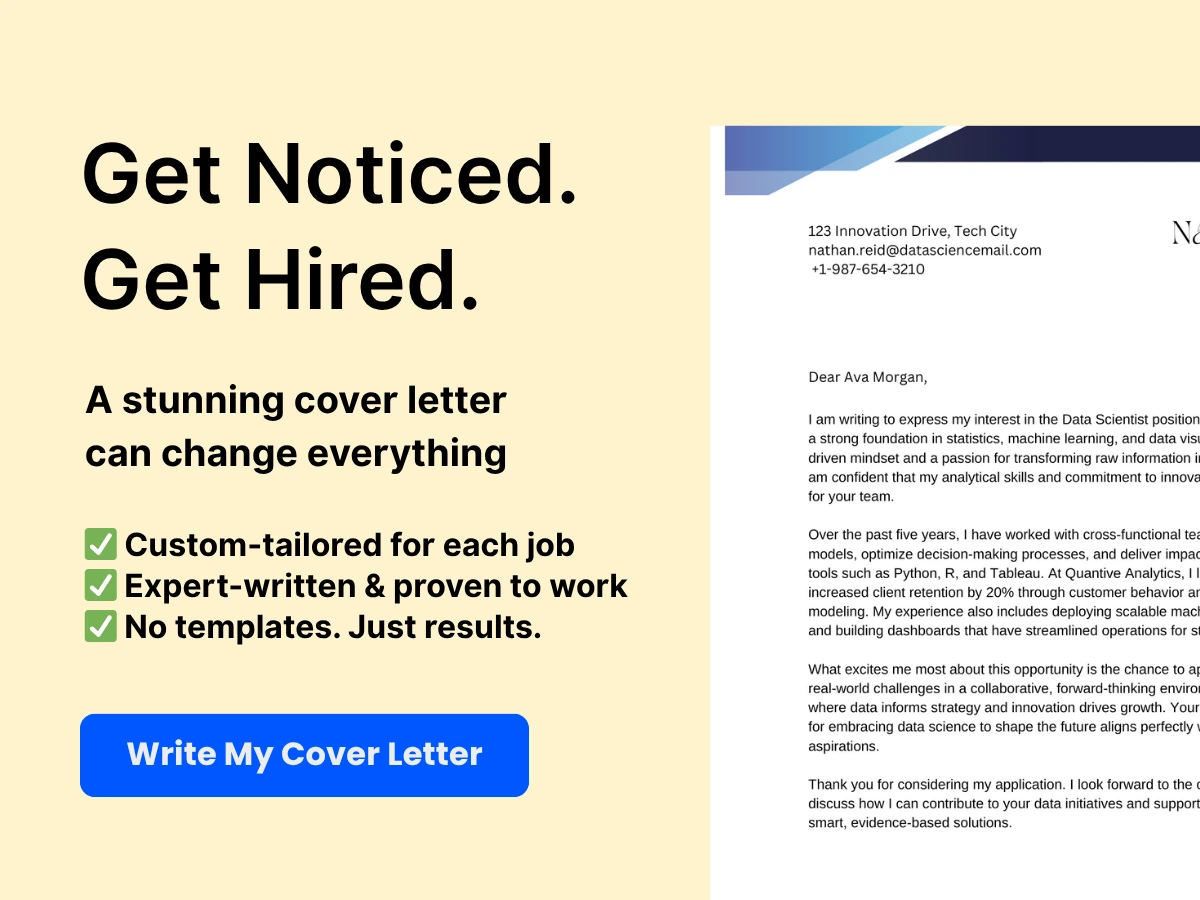When it comes to writing formal letters, a proper closing and signature can often be overlooked. However, it is crucial to understand that how you end your letter and sign off can greatly impact the tone and overall impression you leave on the recipient.
In this article, we will be discussing the importance of a proper closing and signature in formal letter writing. We will explore the different elements involved in crafting a solid ending, and how each component can influence the message you are trying to convey. Our objective is to provide you with a comprehensive guide that will help you end your letters on the right note, regardless of what the intention or context may be.
By the end of this article, you will have a clearer understanding of the importance of a proper closing and signature, as well as the skills necessary to craft an ending that accurately reflects your intentions and leaves a positive impression on the reader. Whether you are sending a formal business letter, a letter of recommendation or a personal note, the tips and insights provided herein will enable you to wrap up your message in a manner that is appropriate, effective and memorable.
So, without further ado, let us dive into the essential aspects of closing and signature techniques – and how they can elevate the impact and effectiveness of your written communication.
Basic Rules of Closing and Signature
When it comes to writing a formal letter, the closing and signature play an important role. These final elements of the letter signify the end of the communication and provide closure to the recipient. In this section, we will discuss the basic rules of closing and signature in a formal letter.


A. Purpose of Closing and Signature
The purpose of a closing and signature in a formal letter is to show respect to the recipient and acknowledge the importance of the communication. The closing is a way of signaling the end of the letter and thanking the recipient for their time and attention. The signature, on the other hand, serves as a personal touch that adds authenticity to the communication.
B. Importance of Formality
Formality is key when it comes to closing and signature in a formal letter. The tone of the letter should be professional, and the language should be formal. The closing and signature should also be appropriate for the level of formality in the letter. The more formal the letter, the more formal the closing and signature should be.
C. Basic Rules for Closing and Signature
There are three basic rules when it comes to closing and signature in a formal letter: tone, proper addressing, and use of appropriate closings.
1. Tone
The tone of the closing and signature should match the tone of the letter. If the letter is formal, the closing and signature should be formal. If the letter is informal, the closing and signature can be more relaxed. The tone of the closing and signature should also reflect the relationship between the writer and the recipient.
2. Proper Addressing
The proper addressing of the recipient is important when it comes to closing and signature. Use proper titles and address the recipient in the appropriate manner. If you are unsure of the proper way to address the recipient, research it or ask someone who knows.
3. Use of Appropriate Closings
The closing of the letter is the last thing the recipient will read, so it’s important to leave a good impression. The appropriate closing will depend on the level of formality of the letter and the relationship between the writer and the recipient. Examples of appropriate closings include “Sincerely,” “Best regards,” and “Yours truly.”


The closing and signature of a formal letter are important elements that show respect to the recipient and acknowledge the importance of the communication. The tone should be appropriate for the level of formality of the letter, the recipient should be properly addressed, and an appropriate closing should be used. By following these basic rules, you can close your formal letter on the right note.
Formal Letter Writing
When it comes to formal letter writing, there are specific formats and elements to consider. In this section, we will explore the proper format and elements of formal letters that will help you create a professional and effective communication.
A. Format of a Formal Letter
The format of a formal letter is essential to give the letter a professional look. A formal letter must be typed, printed or written using a legible font, and printed on a clean and high-quality paper. The layout should follow a specific pattern, which includes:
-
Letterhead: The topmost part of the letter should contain the organization’s logo, name, and address. This section aims to identify the sender of the letter.
-
Date: The date the letter was written should include the day, month, and year. It should be placed below the letterhead, usually aligned to the right side of the page.


-
Inside Address: The inside address includes the name, title, and address of the recipient. This section provides the reader with the necessary details to identify the intended recipient.
-
Salutation: The salutation is used to address the recipient of the letter. It usually starts with “Dear” followed by the recipient’s title and last name.
-
Body: The body of the letter is where the message is conveyed. It should be structured with proper paragraph spacing and clear sentences.
-
Closing: The closing is a courteous way of ending the letter. It usually includes phrases such as “Sincerely” or “Best regards” followed by a comma.
-
Signature: The signature is a personal touch that indicates the sender’s approval of the letter’s content. It should be placed below the closing line.
-
Enclosure: The enclosure is included if there are documents attached to the letter.
B. Elements of Formal Letter
-
Letterhead: As mentioned earlier, the letterhead includes the sender’s logo, name, and address. It should be placed at the top portion of the letter.


-
Date: The date should include the day, month, and year the letter was written.
-
Inside Address: The inside address should include the recipient’s name, title, and address.
-
Salutation: The salutation should address the recipient with proper titles and last name.
-
Body: The body should be organized with proper paragraph spacing, clear sentences, and proper grammar and punctuation.
-
Closing: The closing should leave a lasting impression on the reader’s mind. It should be courteous, respectful, and professional.
-
Signature: The signature should be legible and placed below the closing line.


-
Enclosure: The enclosure should be included if there are documents attached to the letter.
Using the proper format and elements of a formal letter is essential to create a professional and effective communication.
Rules for Writing Closing
In writing a formal letter, choosing the right closing is as important as drafting the message. Your closing serves as a lasting impression that reflects your overall tone, professionalism, and credibility. Here are some general guidelines for you to follow when thinking about your closing:
A. General Rules for Choosing Closings
- Be sincere and straightforward: The closing should match the tone of your message, and be consistent with the overall message you have conveyed throughout your letter.
- Be respectful and professional: Keep in mind the recipient and the relationship you have with them. It is crucial to ensure that the closing is appropriate and professional based on the context of the letter.
- Be concise: Your closing should be short and simple, and should not detract from the message itself. Too many words or a long-winded closing may reduce the effectiveness of your message.
B. Formal Closings
Formal closings are suitable for business letters, academic correspondences, and other professional communications that require formality and respect.
Some common examples of formal closings include:
- Sincerely
- Faithfully
- Respectfully yours
- Yours truly
C. Semi-Formal Closings
Semi-formal closings are appropriate for letters that have a more personal or friendly tone, and are often used in professional settings.


Some common examples of semi-formal closings include:
- Best regards
- Kind regards
- Warm regards
- Yours sincerely
D. Informal Closings
Informal closings are appropriate for more casual correspondence where a formal tone is not required.
Some common examples of informal closings include:
- Cheers
- Regards
- Take care
- Anything that reflects your personal style or relationship with the recipient
Writing a closing is not just inserting words at the end of a letter or email. It plays a critical role in creating the right tone and ending the message in a way that reinforces the overall purpose of the letter. By following these guidelines and choosing a closing that fits the context, you can create a lasting and positive impression with the recipient. When it comes to ending a formal letter, choosing the appropriate closing phrase is crucial. A closing phrase is the final statement before the signature that sends an important message to the recipient that signifies the writer’s intent and tone.
Formal closing phrases are used when writing to someone who holds a higher authority or position such as a business colleague or a government official. These phrases convey respect, professionalism, and the appropriate level of formality.


The commonly used formal closing phrases are “Yours truly,” “Sincerely,” “Faithfully,” “Respectfully yours,” and “Best regards.” “Yours truly” is considered the most formal and is recommended for use when writing to an esteemed or unknown recipient. “Sincerely” and “Faithfully” can be used for business correspondence or letters to government officials. “Respectfully yours” is an appropriate closing for formal requests or inquiries. “Best regards” is a more relaxed formal phrase and can be used when writing to someone you have an established relationship with.
Semi-formal closing phrases are used when writing to someone who holds a professional or personal relationship. The tone is less formal compared to formal phrases but still maintains a sense of respect and professionalism.
The commonly used semi-formal closing phrases are “Warm regards,” “Cordially,” “Kind regards,” and “Yours sincerely.” “Warm regards” and “Cordially” are warm and friendly phrases that can be used when writing to a business associate, a hiring manager or a colleague. “Kind regards” is considered more formal than “Warm regards” and is appropriate for business relationships that have a degree of familiarity. “Yours sincerely” is the most formal semi-formal phrase and is recommended for use when the letter expresses gratitude or appreciation.
Informal closing phrases are used when writing to someone who holds a personal relationship. The tone is casual and friendly and can be used when writing to friends, family, acquaintances, or colleagues with whom you have established a bond.
The commonly used informal closing phrases are “Cheers,” “Best,” “Take care,” and “Regards.” “Cheers” is a friendly and informal phrase that is commonly used in the UK and Australia. “Best” is a short and sweet phrase that denotes goodwill and warmth. “Take care” is a polite and considerate phrase that shows concern for the recipient’s wellbeing. “Regards” is the most commonly used informal closing phrase and is a casual but respectful way to end a letter.
Choosing the appropriate closing phrase is important when ending a formal letter. The tone and level of formality depend on the recipient and the nature of the letter. By following the guidelines for each type of closing phrase, the writer can send a clear and appropriate message to the recipient that will leave a positive impression.
Signature Rules
When it comes to ending a formal letter, the signature plays a crucial role in representing the author and acknowledging the recipient. Understanding the importance of signature rules is essential for crafting a successful closing note.
A. Importance of Signature
A signature serves as a personal stamp to show that the message is legitimate and authentic. It also depicts the author’s professionalism and creates a sense of trust between sender and recipient. Hence, it is important to ensure that the signature is clear and readable.
B. Signature Placement
The position of the signature is generally kept at the end of the letter or document, just above the printed name of the author. It should be in line with the left or right margin, depending on the format of the document.
C. Signature Format
There are specific guidelines to be followed when it comes to signature format. It includes font, size, and color.
1. Font
The font used for the signature should be simple and legible. It is advisable to use a font that is similar to the body text of the document to maintain consistency.
2. Size
The signature should be neither too small nor too large. It should comfortably fit in place, without eclipsing any part of the text. Generally, a size between 10-12 pt is considered ideal.
3. Color
It is recommended to use a color that contrasts with the background of the document to make it stand out. A black or blue ink pen is commonly used for a physical signature.
D. Electronic Signatures
In the digital era, electronic signatures have become prevalent. It is a legal way to sign a document electronically without the need for printing and scanning. The signature can be created using various tools like Adobe Sign, DocuSign, or simply signing on a touch screen device like an iPad or tablet. However, it is important to ensure that the electronic signature is legally binding as per the laws of the region.
The proper placement, format and the use of the right format for signature plays a vital role in finishing a formal communication. It is always wise to follow the signature rules to culminate your message in the right note.
Common Signature Practices
A proper signature is an essential part of a formal letter or document. It’s not just a mere formality but also serves as an indication of the writer’s professionalism, credibility, and authority. In this section, we’ll look at the four primary types of signature practices:
A. Full-Signature
The full signature is the most commonly used type of signature in formal documents. This type of signature includes the writer’s full name, often followed by their professional designation, such as “MD” for medical doctors or “Esq.” for lawyers. A full-signature gives the letter a sense of authority and legitimacy, making it an ideal option for legal documents or formal letters.
B. Initials-Signature
The initials signature is commonly used in situations where the writer prefers to keep their full name confidential or uses an abbreviated form for signatures. It typically includes the writer’s first, middle or last initials, followed by a dot that separates them, with or without any other letters. This signature is often used in business or government documents to keep a level of confidentiality or brevity.
C. Informal Signature
An informal signature is a more relaxed and casual style of signature, often used for personal correspondence or casual business letters. This type of signature can be anything from a person’s nickname to a simple scribble and expresses their personality and creativity.
D. Formal Signature
A formal signature is a type of signature reserved for high-level business or government correspondences, where the writer’s signature is representative of the organization they represent. It typically includes the writer’s position and company name. In this case, a formal signature should be designed in a way that represents the organization’s brand or logo.
Selecting the right type of signature for any formal document is essential. A full signature provides legitimacy, while an initial signature provides a level of confidentiality. An informal signature reflects the writer’s personality, whereas a formal signature represents an organization. Always consider the audience and the context in which it will be used when crafting a signature for any formal document.
Helpful Tips for Closing and Signature
When it comes to sending any type of letter, it’s important to make sure that the content is polished and professional. This is especially true for formal letters, as they are an extension of your brand and can impact your reputation. Here are some helpful tips for closing and signature that can help you end your letter on the right note.
A. Proofreading before sending a Letter
One of the most important steps in any writing process is proofreading. Even the smallest mistake can compromise the entire message you’re trying to convey. Before sending your letter, read through it several times to check for grammar, spelling, and formatting errors. It’s also a good idea to have someone else read your letter to get a second opinion.
B. Formatting the Letter
Formatting your letter is essential to make it easy to read and visually appealing. Make sure there is adequate spacing between paragraphs and use a standard font like Arial or Times New Roman. Break up the content into short paragraphs and use headings and bullet points to draw attention to important information.
C. Using Templates
Using templates can save you time and ensure that your letter looks professional. Make sure to choose a template that fits the purpose and tone of your letter. You can find templates online or in word processing software.
D. Reviewing Samples
Reviewing samples of other formal letters can give you ideas on how to structure your own. Look for examples that are similar to your letter in terms of tone and purpose.
E. Following-up
Following-up is a critical step in ensuring that your letter has been received and acted upon. This can be done through email or phone. Be polite and professional in your tone, and provide a clear and concise summary of the content of your original letter. Following-up also gives you an opportunity to address any issues or concerns that may have come up after the letter was sent.
By following these helpful tips for closing and signature, you can make sure that your formal letter ends on the right note. Remember to proofread, format your letter properly, use templates, review samples, and follow-up to ensure that your message is received and acted upon.
Mistakes to Avoid in Closing and Signature
When it comes to closing a formal letter, there are several mistakes that should be avoided at all costs. These mistakes include:
A. Using Inappropriate Closings
Using inappropriate closings can give off the wrong impression to the recipient of your letter. It is important to choose a closing that is suitable for the tone of your letter and your relationship with the recipient. For example, if you are writing a formal business letter, using an informal closing such as “Cheers!” would not be appropriate.
B. Incorrect Spelling and Grammar
Incorrect spelling and grammar can detract from the overall professionalism of your letter. Make sure to proofread your letter multiple times and ask someone else to review it as well. This can help catch any errors that you may have missed.
C. Omitting the Signature
Always remember to sign your letter before sending it off. Omitting your signature can make it appear as if the letter was not sent by you, and can cause confusion for the recipient.
Avoid these common mistakes when closing a formal letter, to ensure you leave the right impression with the recipient.
Related Articles
- Supervisor Resume Writing Tips and Sample for 2023
- Silence After Job Interview: How to Deal with It in 2023
- Resume Writing Guide for New Grads: Tips to Get Hired
- Supervisor Job Description: Salary, Skills, & More for 2023
- Development Associate: Role, Responsibilities, and Career








